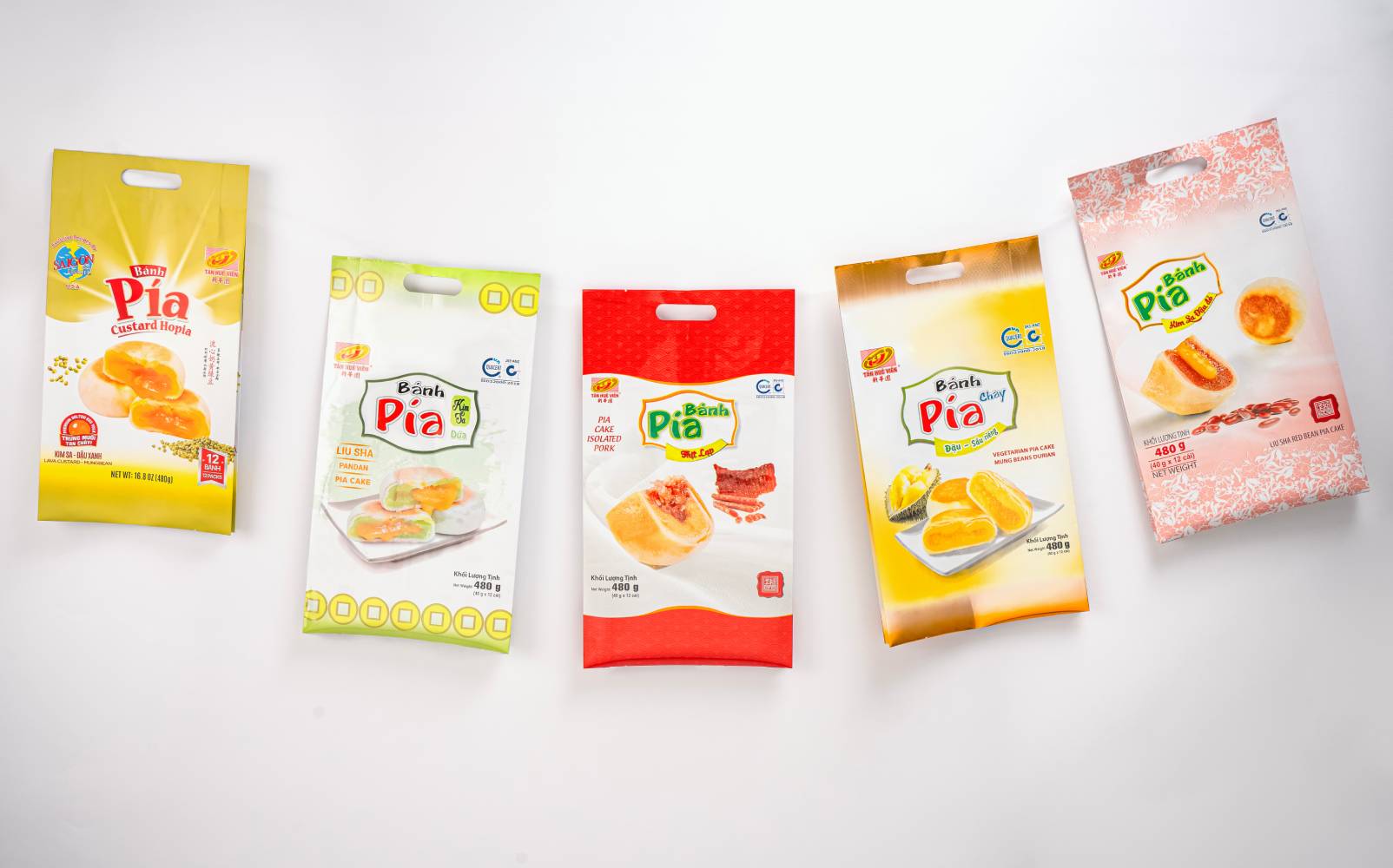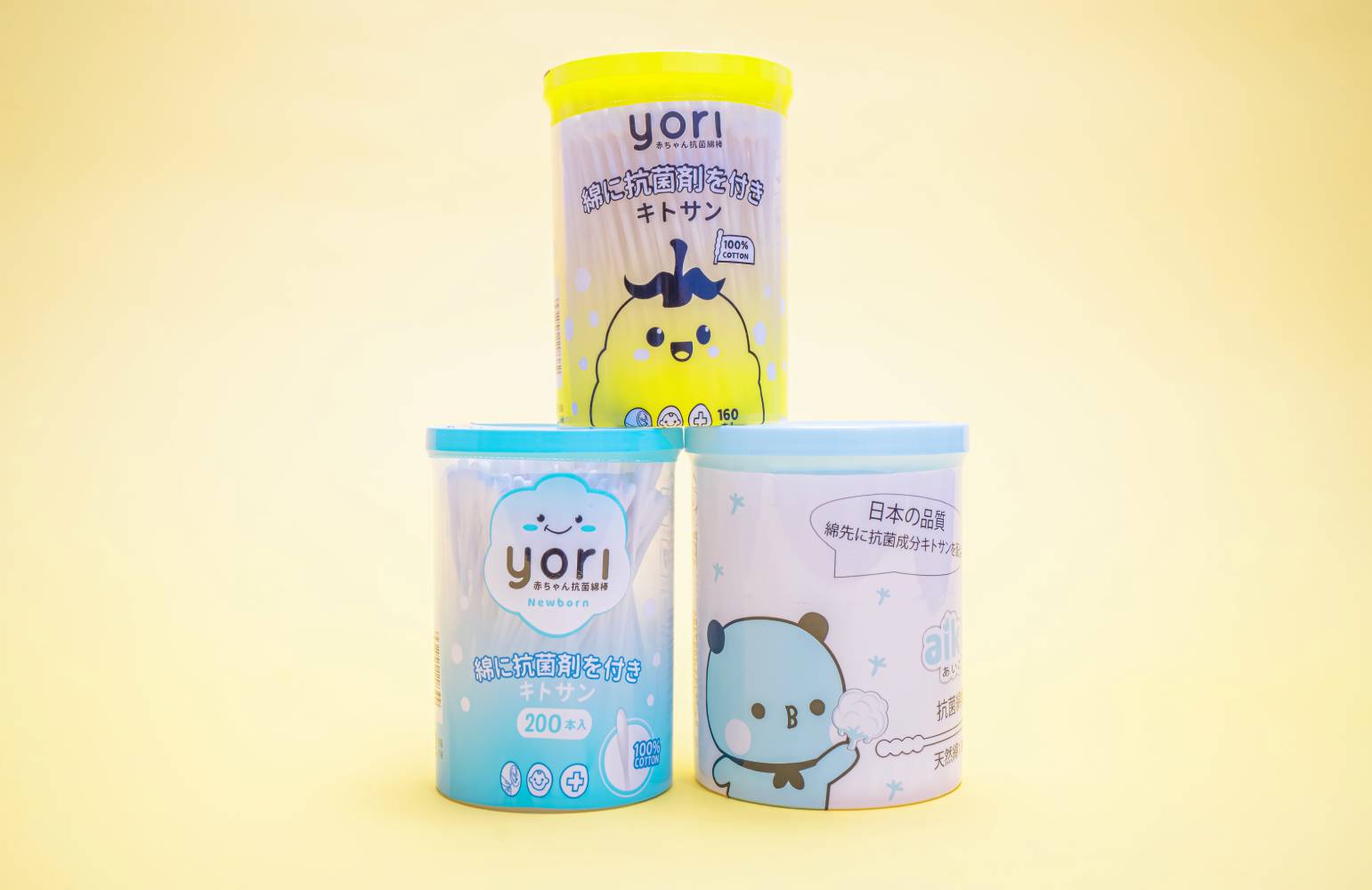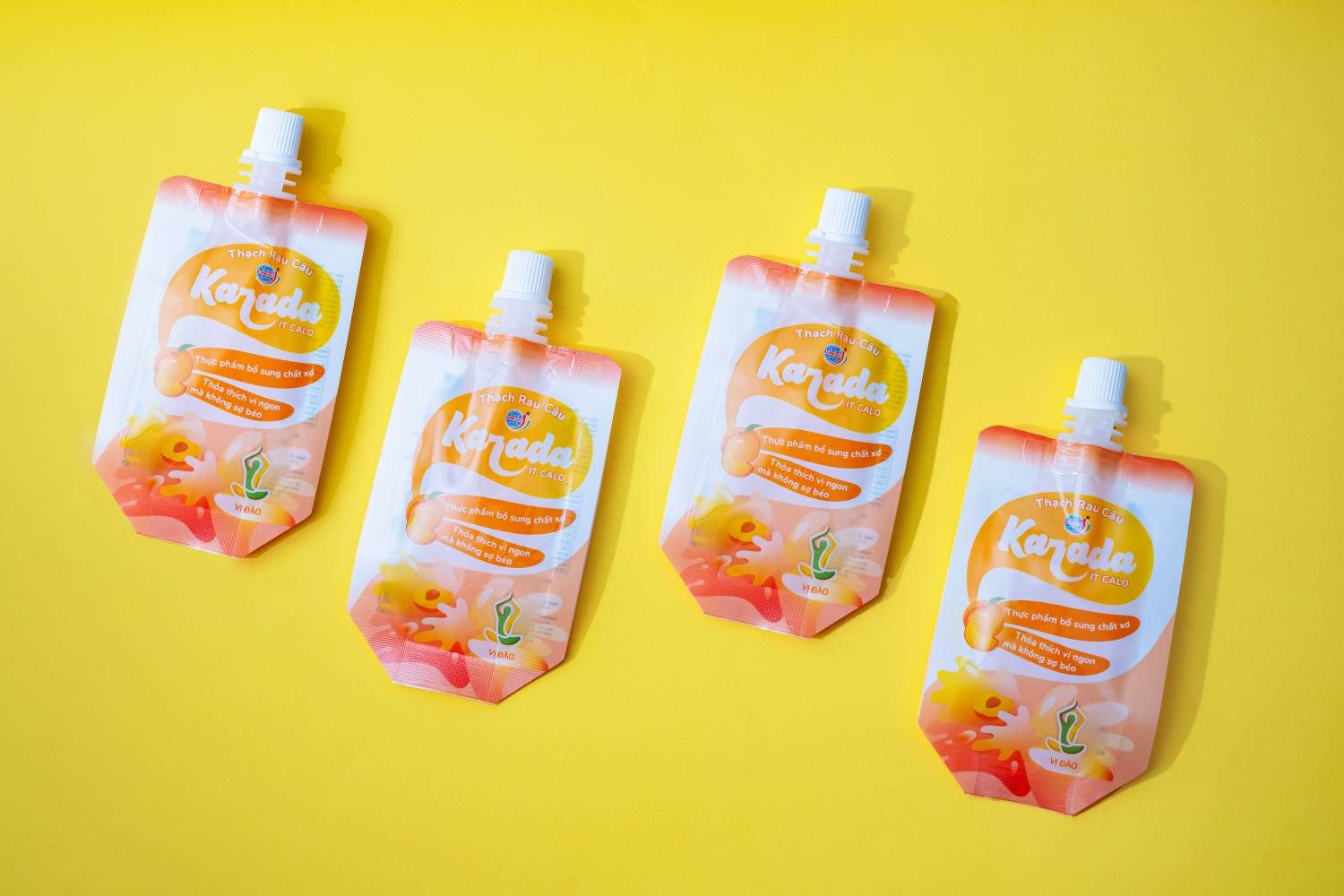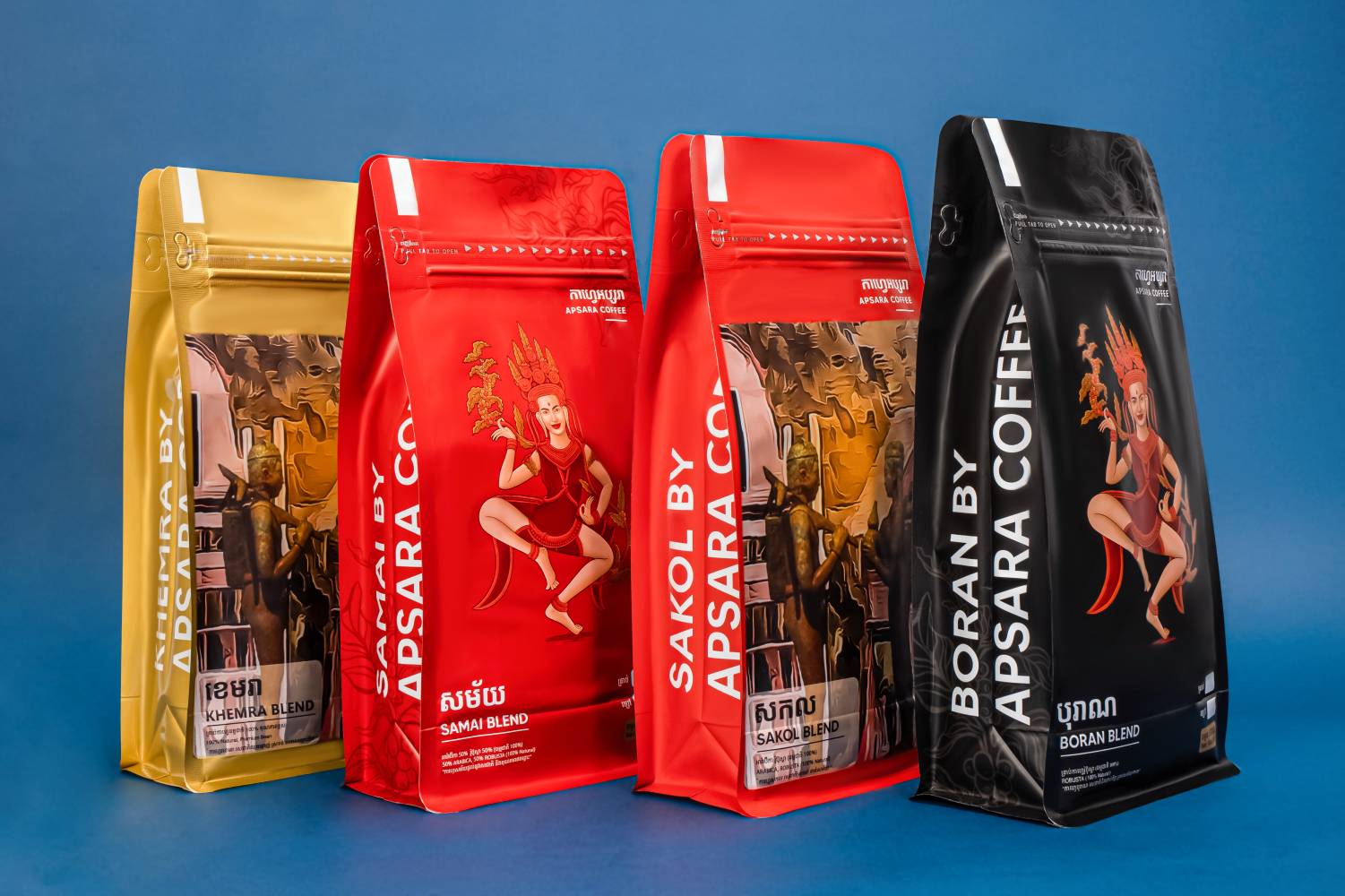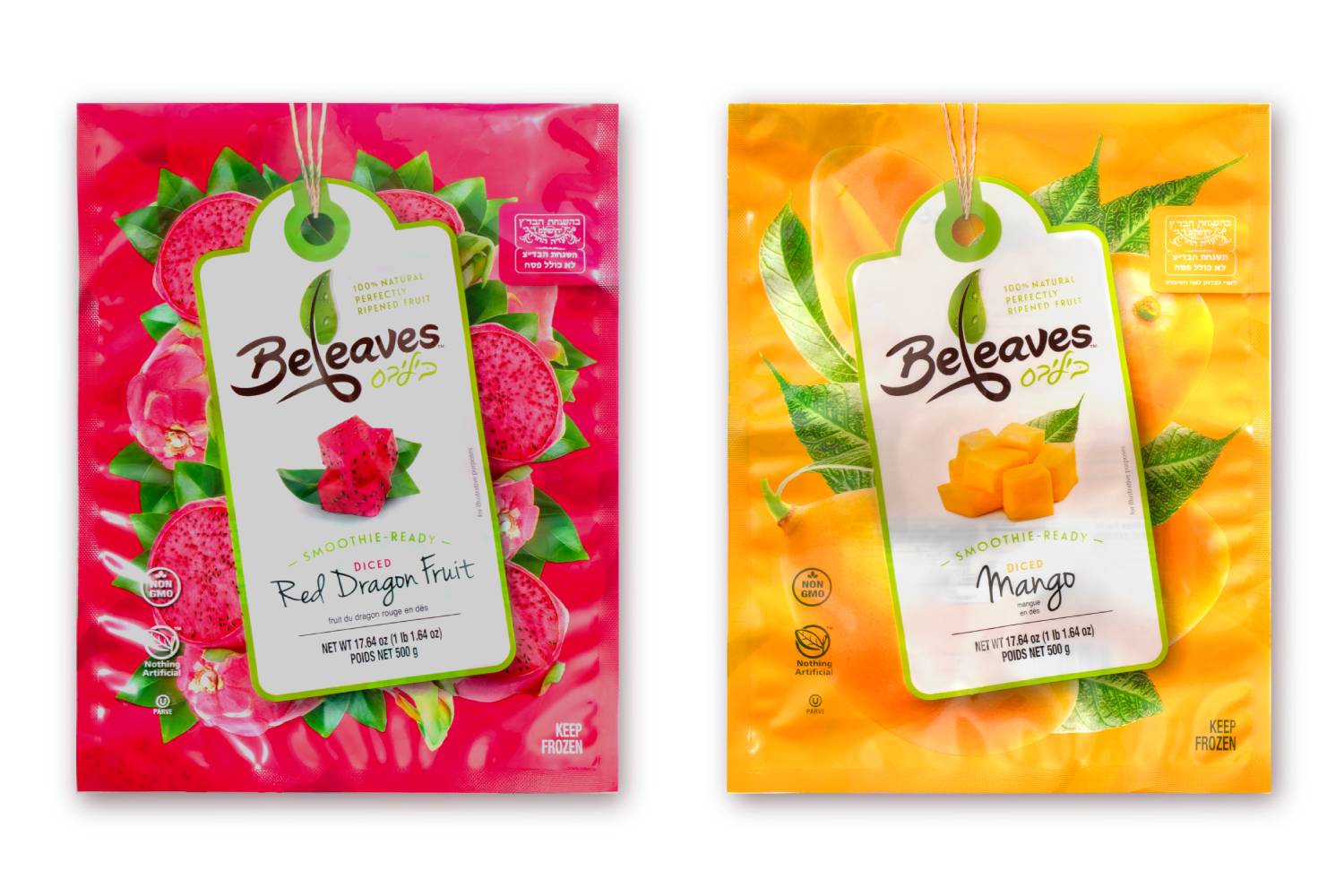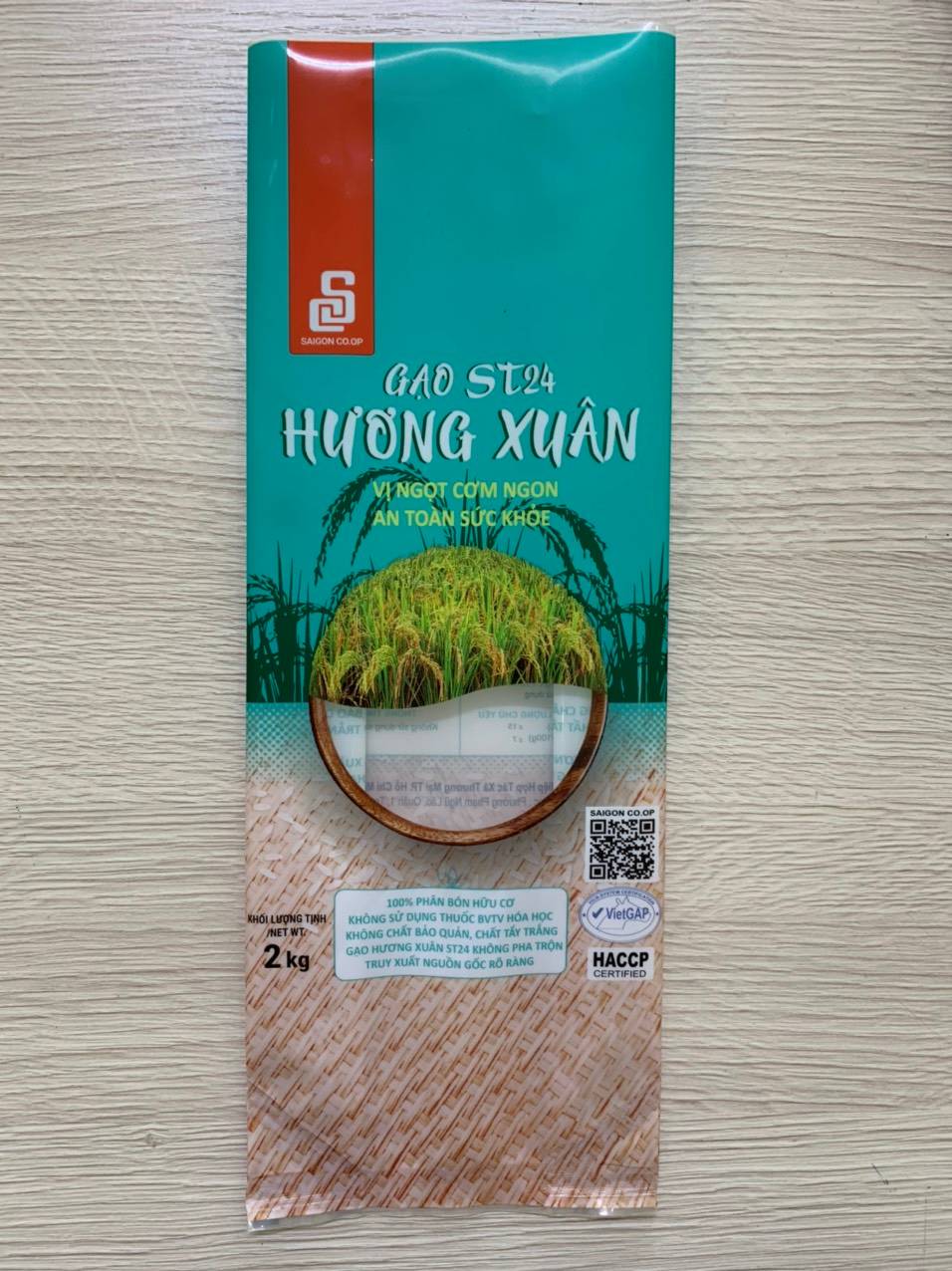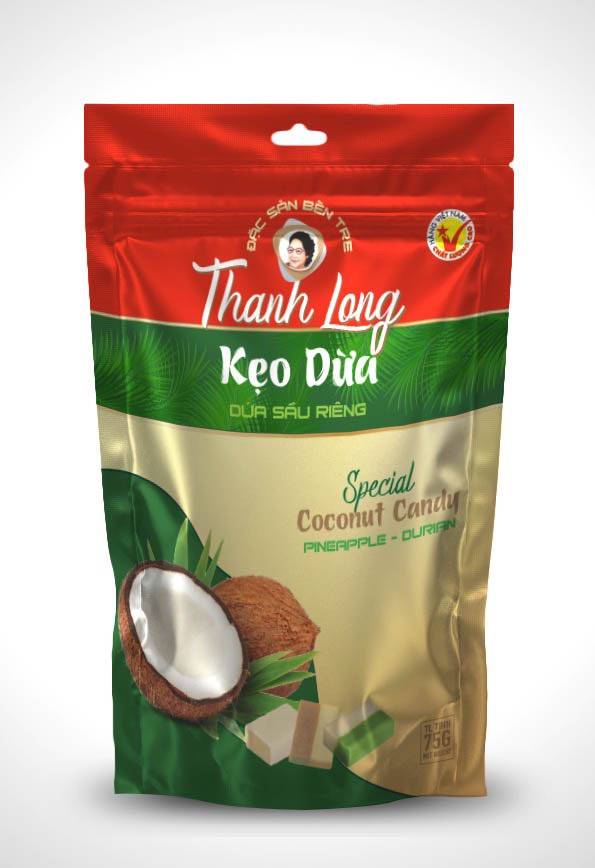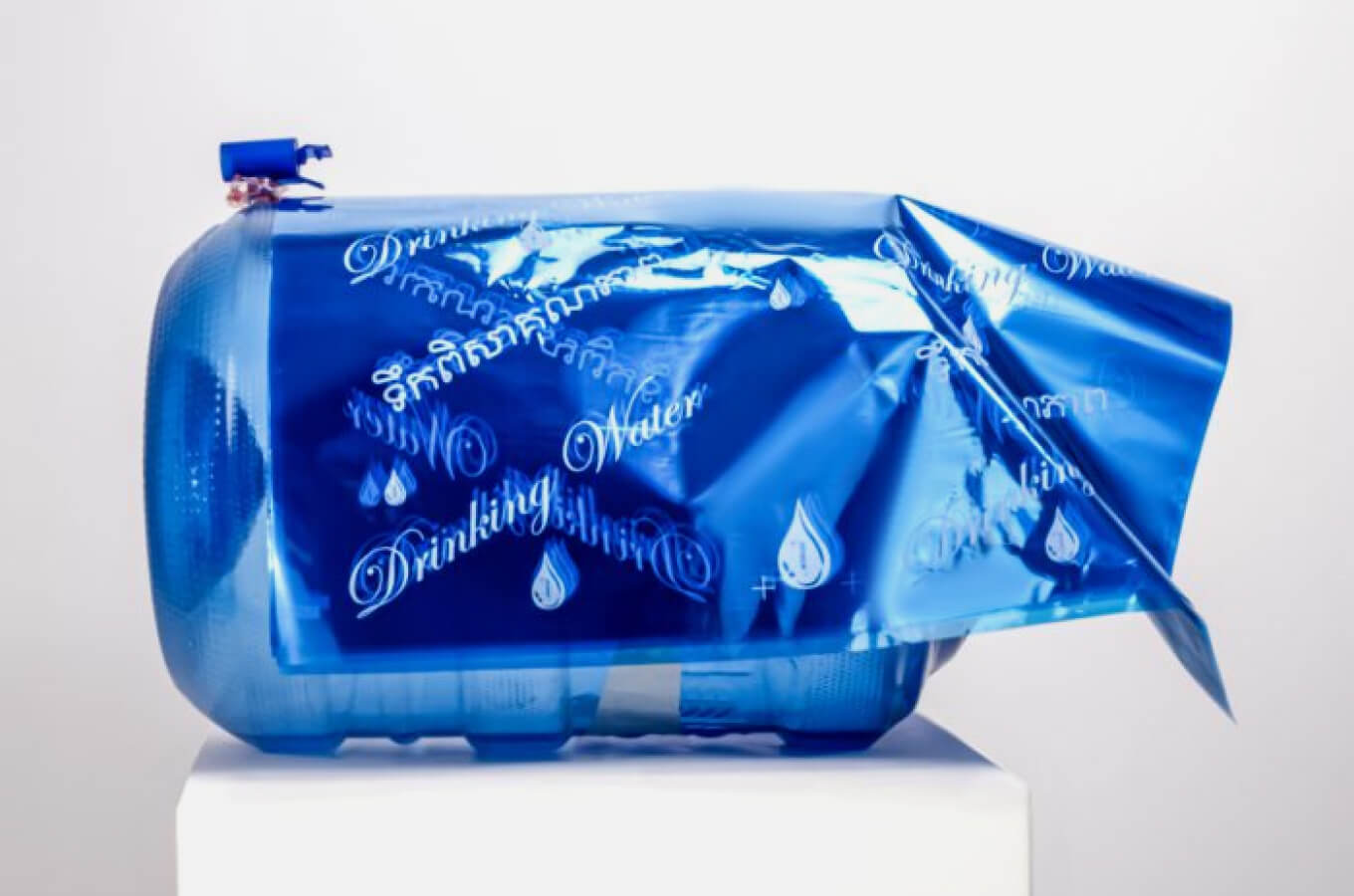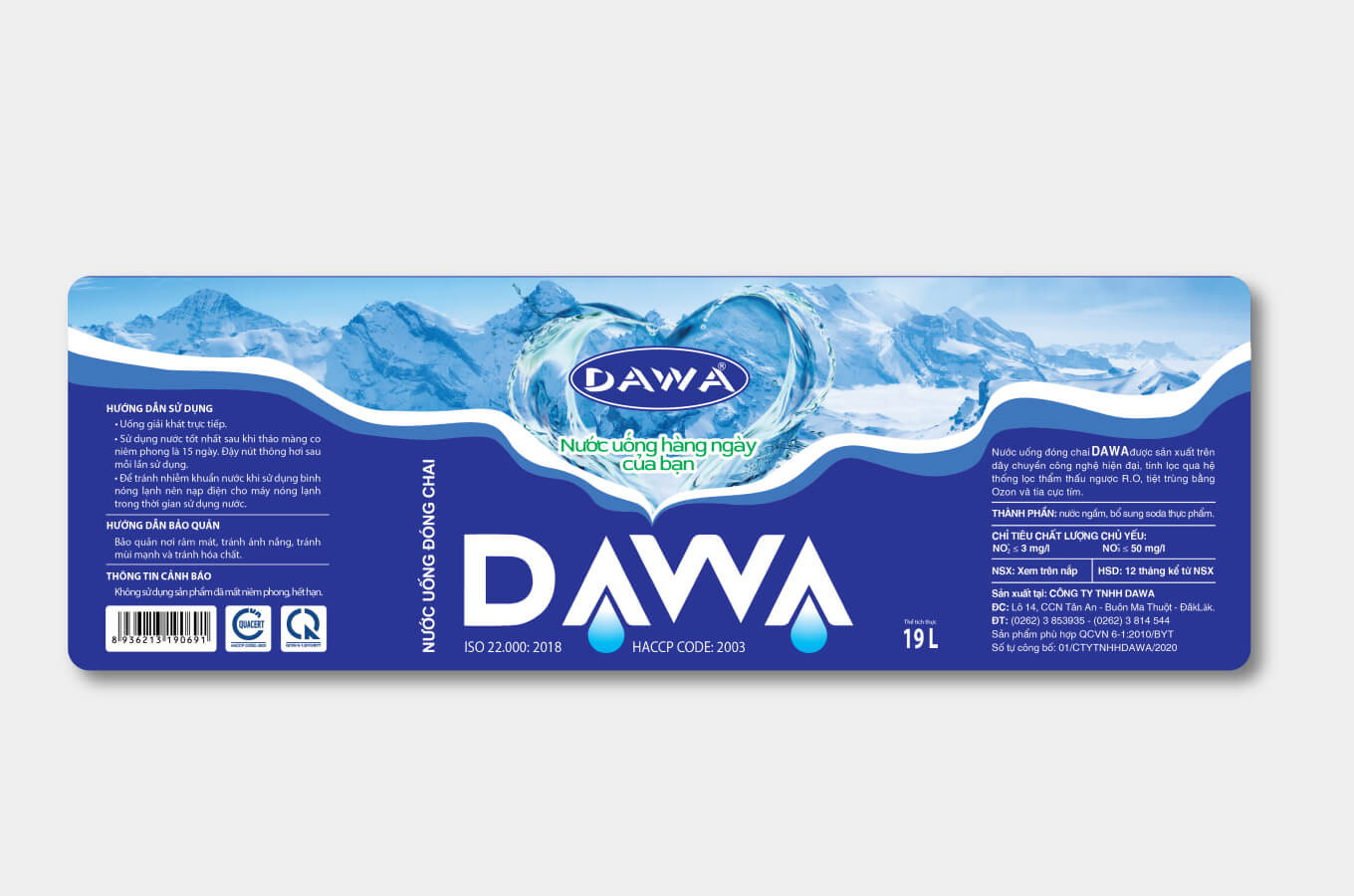- The outer layer of OPP provides good printing capabilities and high aesthetics, while PE offers excellent moisture resistance.
- Suitable for dry food packaging, cookies, and instant noodles, due to its durability and ability to protect products from dirt and moisture.
INTRODUCTION
Applications
Composite packaging has a wide range of applications across various industries due to their superior features. Some common applications include:
TECHNIQUE
The printing process for composite films begins with preparing materials such as PET, PE, or BOPP, followed by printing images and product information on one or more layers using technologies like flexographic or digital printing. After printing, the film layers are bonded together using adhesives or heat, creating a complete packaging product.
During this process, since the packaging comes into direct contact with food, it is produced in a strictly hygienic environment to ensure consumer health safety. This technique offers numerous advantages, including sharp print quality and vibrant colors, moisture and dust resistance, high durability, and flexibility in application for various products, from food and cosmetics to consumer and industrial goods.
Materials
- PA offers high mechanical strength and good load-bearing capacity, while the PE inner layer provides flexibility and softness.
- Ideal for packaging rice, fertilizers, cement, and animal feed, due to its ability to withstand harsh conditions and protect products effectively.
- MCPP in the inner layer helps prevent oxidation, block UV and light, and is more cost-effective compared to aluminum film.
- Ideal for packaging tea, coffee, snacks, and peanuts, protecting products from light and maintaining long-term quality.
- OPP enables high-quality printing, CPP provides excellent sealing capabilities, and PE acts as a moisture barrier.
- Commonly used in food packaging, textiles, and animal feed, helping to protect products from moisture and ensuring strong, secure packaging.
- The Aluminum Foil (AL) layer offers excellent protection against oxygen and light, allowing for long-term preservation of products.
- Suitable for products such as tea, coffee, veterinary/agricultural products, maintaining product quality and protecting it from environmental factors.
- PET provides excellent tensile strength and tear resistance, while MPET retains some transparency and offers effective barrier properties.
- PET provides excellent tensile strength and tear resistance, while MPET retains some transparency and offers effective barrier properties.
- This combination features aluminum foil between two layers of PET, increasing its ability to block oxygen and light.
- This laminated structure is commonly selected for packaging products such as tea, coffee, veterinary/agricultural products, and cosmetics, offering long-term preservation and optimal protection.
Manufacturing Technology
- The first step in the process is preparing the packaging films, typically materials like PET (Polyethylene Terephthalate), PE (Polyethylene), or BOPP (Biaxially Oriented Polypropylene).
- These films are chosen based on the product’s requirements and intended use, such as moisture resistance, strength, or flexibility, as well as cost and the nature of the product contained within the packaging.
- After preparing the films, images and product information are printed onto one or more layers of the film using modern printing technologies.
- Common technologies include flexographic printing (rubber printing) and digital printing, depending on the required sharpness, quantity of products, and design characteristics.
- After printing, the film layers are laminated together to create the finished packaging product.
- This lamination process can be done using adhesives or heat to bond the layers together, depending on the material characteristics and product requirements.
- Since the packaging will come into direct contact with food or consumer products, the production process must adhere to strict hygiene standards.
- The production environment must be controlled to ensure consumer health safety and prevent contamination or exposure to harmful substances.

